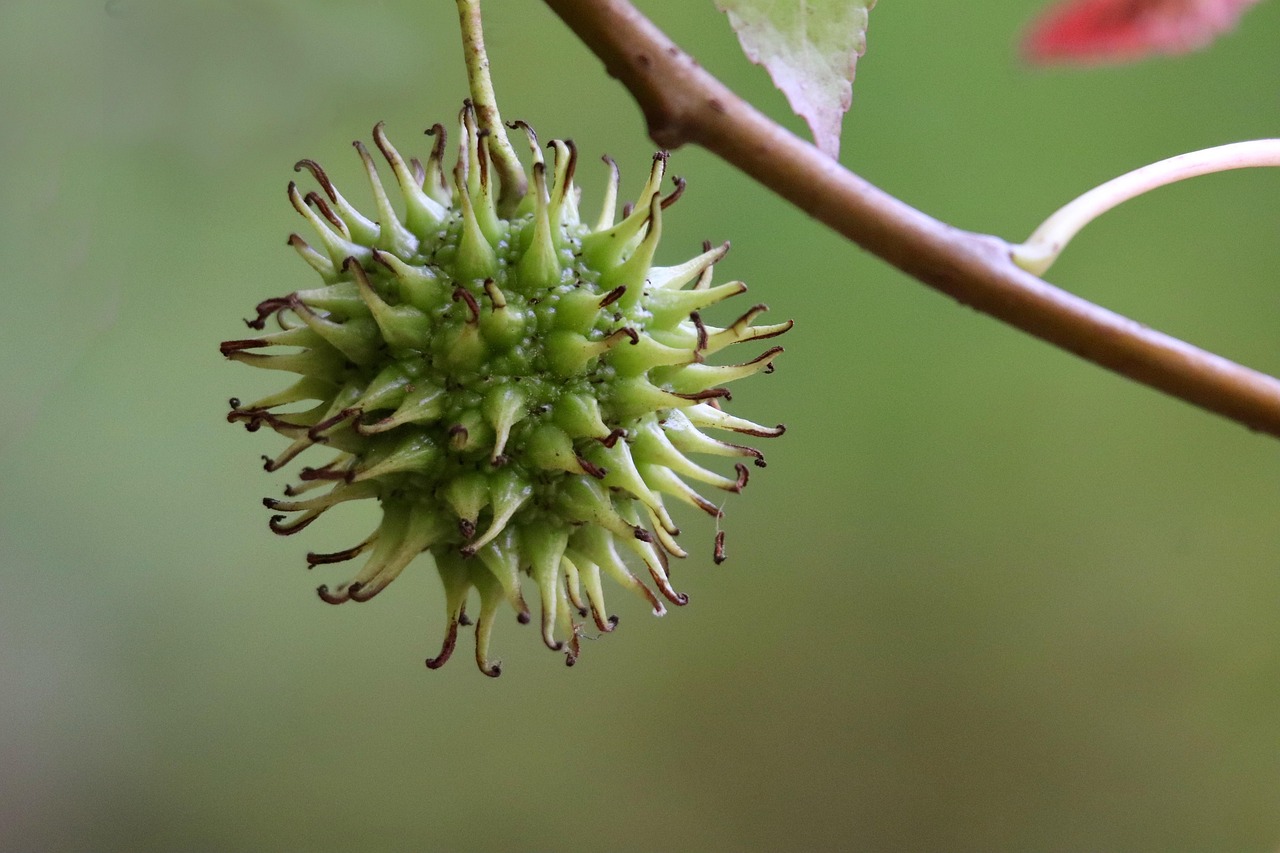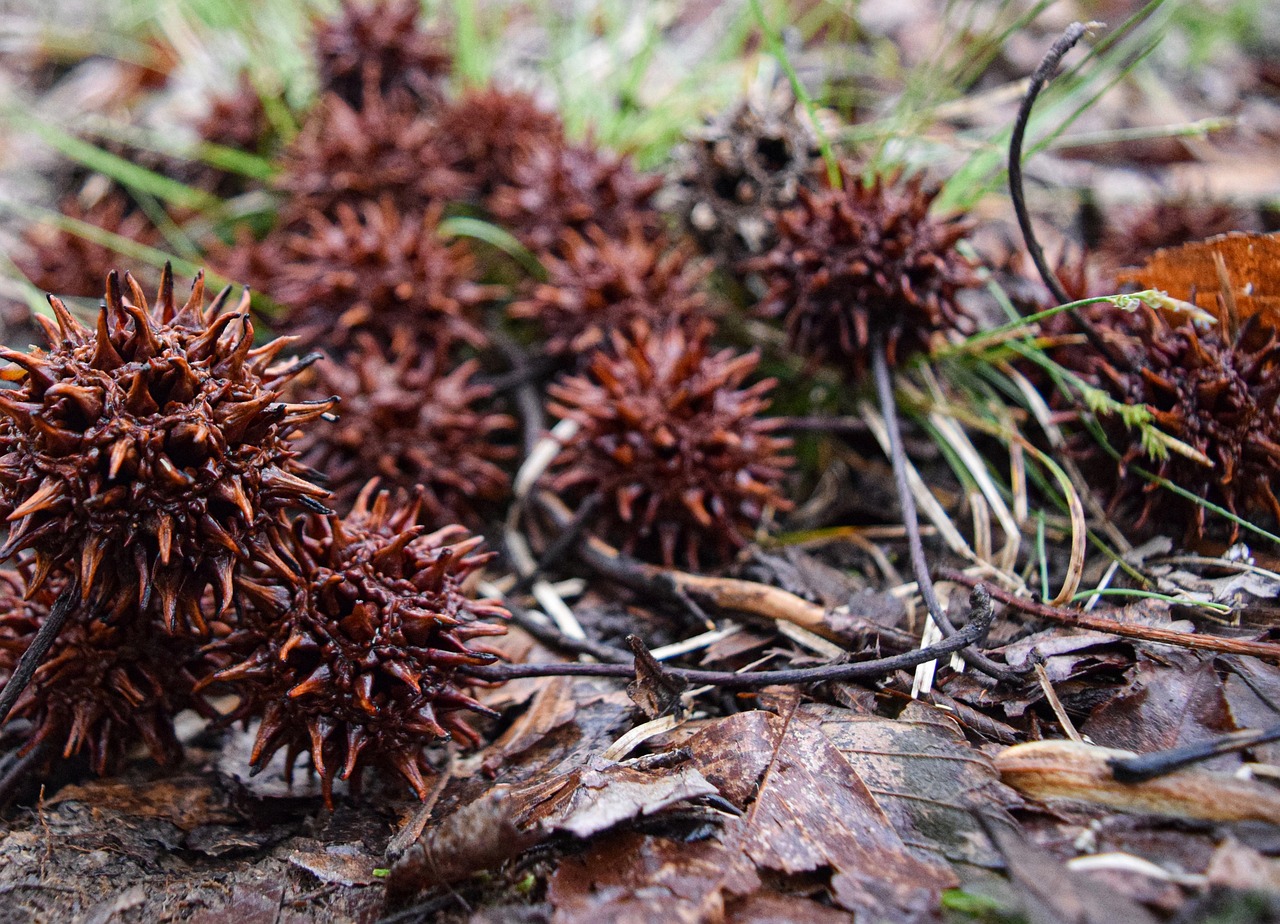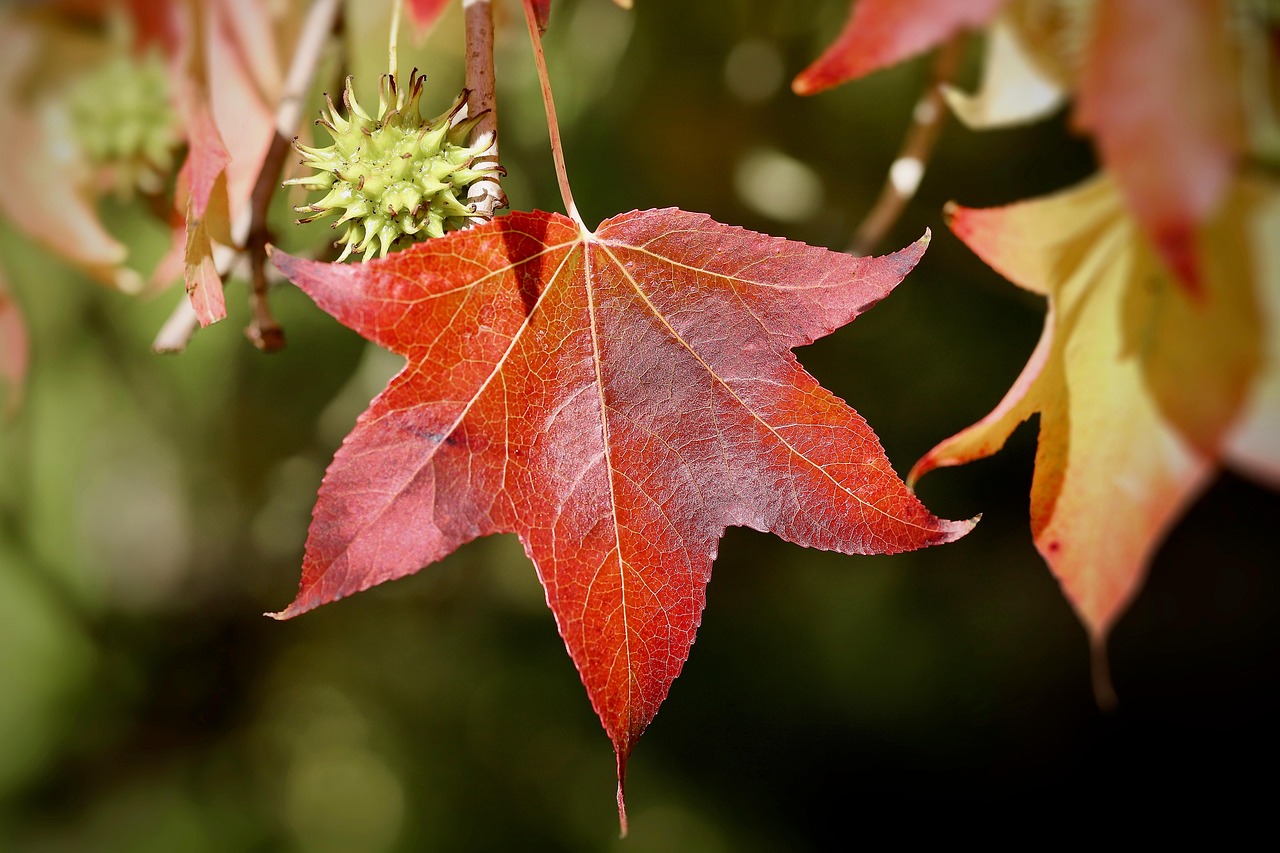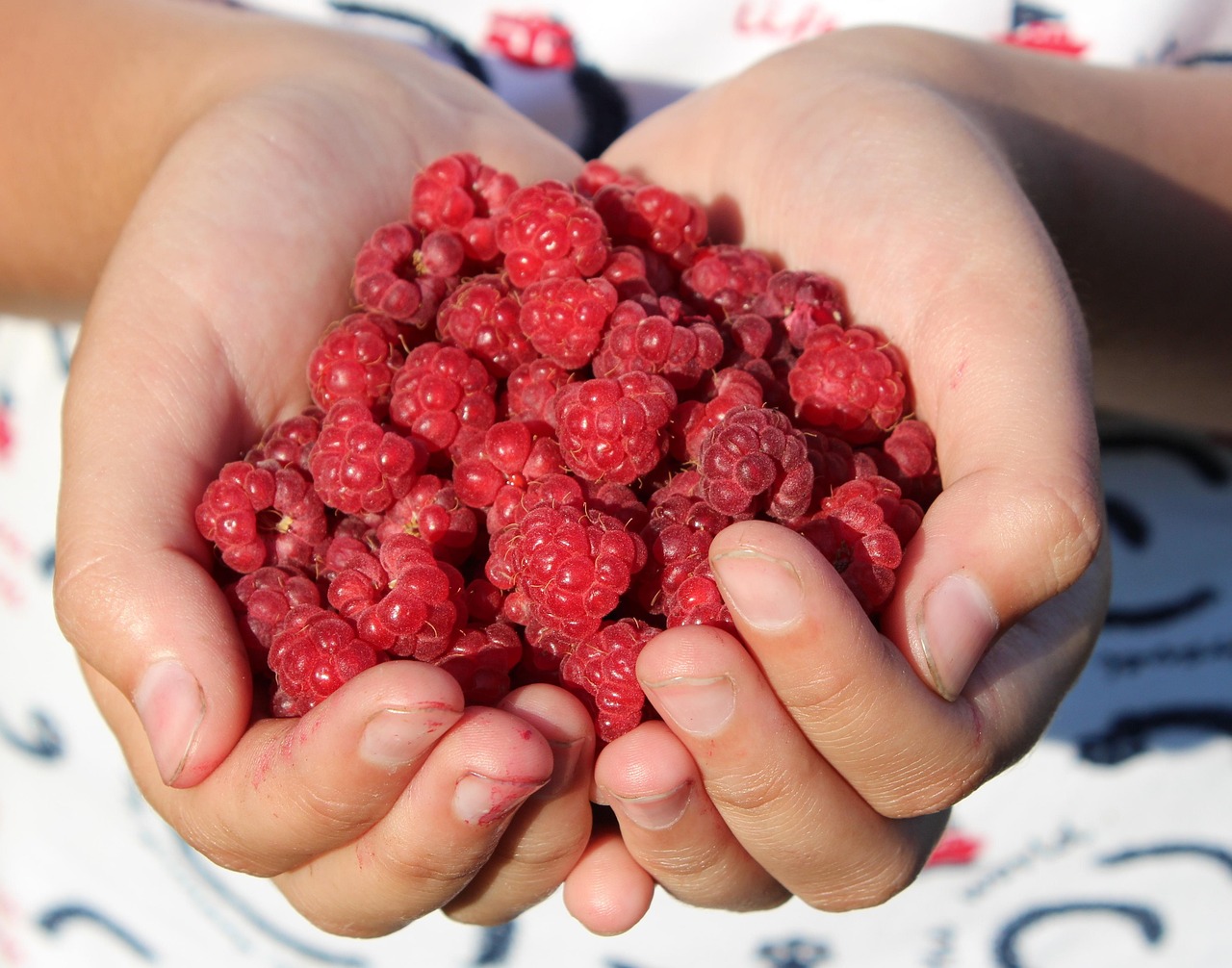Sweetgum trees offer numerous benefits, including aesthetic appeal, ecological advantages, and practical uses in crafting and woodworking. Their unique star-shaped leaves and vibrant autumn colors make them popular ornamental trees, while the wood is valued for its strength and durability.
Understanding Sweetgum Trees

Sweetgum, scientifically known as Liquidambar styraciflua, is a deciduous tree native to North America. It thrives in various soil types and climates, primarily found in the southeastern United States. The tree is renowned for its striking foliage, which changes color from green to shades of yellow, orange, and red in the fall. This vibrant display makes the sweetgum a popular choice for landscaping and urban environments.
In addition to its aesthetic appeal, sweetgum trees play a crucial role in their ecosystems. They provide habitat and food for various wildlife species, including birds and insects. The tree’s flowers produce a significant amount of pollen, which is beneficial for pollinators like bees. Furthermore, sweetgum trees have a unique ability to absorb carbon dioxide, contributing to improved air quality.
Key Characteristics of Sweetgum Trees
| Characteristic | Description |
|---|---|
| Height | Typically reaches heights of 60 to 100 feet |
| Spread | Can spread up to 40 feet wide |
| Leaf Shape | Star-shaped with five pointed lobes |
| Fruit Type | Produces spiky seed balls that can be messy but are a food source for wildlife |
| Wood Quality | Strong and durable, used in furniture making and cabinetry |
The wood of sweetgum trees is particularly valued in the woodworking industry. It can be used for a variety of products, including furniture, cabinets, and flooring. Its fine grain and ability to take stains well make it a favorite among carpenters and woodworkers. Additionally, sweetgum wood is often used for plywood and veneers.
Ecological Benefits of Sweetgum Trees
Sweetgum trees offer several ecological benefits that contribute to their importance in both natural and urban landscapes. They play a vital role in supporting local wildlife by providing shelter and food sources. The flowers of sweetgum trees attract pollinators, while the seed balls serve as food for birds and small mammals.
Moreover, these trees are effective at sequestering carbon dioxide, which helps mitigate climate change effects. By absorbing CO2 from the atmosphere, they contribute to cleaner air and promote healthier ecosystems. Their extensive root systems also help prevent soil erosion, making them beneficial for land stability.
In landscaping, sweetgum trees are often planted for their shade and beauty. They can serve as focal points in gardens or as part of larger landscaping designs due to their impressive height and canopy spread. Additionally, their adaptability to various soil conditions makes them suitable for different planting environments.
Practical Uses of Sweetgum Trees
Beyond their ecological benefits, sweetgum trees are valued for various practical uses. Their wood is one of the primary resources derived from these trees, known for its strength and versatility. Here are some of the key uses of sweetgum wood:
- Furniture Manufacturing: Sweetgum wood is often used in the production of furniture due to its fine grain and attractive appearance. It can be crafted into tables, chairs, and cabinets, providing both beauty and durability.
- Cabinetry: The wood’s ability to take stains and finishes makes it a popular choice for kitchen and bathroom cabinets. Its strength ensures that it can withstand daily use.
- Flooring: Sweetgum wood is also used for flooring materials. Its hardness and resistance to wear make it suitable for high-traffic areas.
- Plywood and Veneers: The wood can be sliced into veneers for decorative applications or manufactured into plywood for construction purposes.
Sweetgum in Landscaping and Urban Planning
Sweetgum trees are commonly utilized in landscaping and urban planning for their aesthetic appeal and environmental benefits. Here are some considerations for their use in these areas:
- Shade Trees: With their broad canopy, sweetgum trees provide ample shade. This is particularly beneficial in urban settings where heat islands can occur.
- Street Trees: Sweetgum trees are often planted along streets and in parks. Their robust structure can withstand urban conditions, including pollution and compacted soil.
- Ornamental Value: The striking fall foliage makes sweetgum an attractive option for ornamental plantings. They can enhance the visual appeal of public spaces.
- Wildlife Habitat: By incorporating sweetgum trees into parks and green spaces, planners can create habitats that support local wildlife.
Cultural Significance of Sweetgum
The sweetgum tree also holds cultural significance in various communities. Native American tribes traditionally used different parts of the tree for medicinal purposes and crafts. Here are some notable cultural uses:
- Medicinal Uses: Some tribes utilized the resin from sweetgum trees for its antiseptic properties. It was often used to treat wounds and infections.
- Crafting Material: The wood was used in crafting tools, utensils, and decorative items. Its workability made it a favored material among artisans.
- Symbolism: In some cultures, the sweetgum tree represents resilience and adaptability due to its ability to thrive in various environments.
Challenges Associated with Sweetgum Trees
While sweetgum trees offer numerous benefits, there are also challenges associated with them that should be considered. Some of these challenges include:
- Seed Balls: The spiky seed balls produced by sweetgum trees can create a mess when they fall. This may pose a maintenance concern for homeowners and landscapers.
- Pest Issues: Sweetgum trees can attract certain pests, such as aphids, which may lead to infestations if not managed properly.
- Site Requirements: Although adaptable, sweetgum trees prefer certain soil types and moisture levels. Planting them in unsuitable conditions can hinder their growth.
Conclusion
The various benefits and uses of sweetgum trees make them a valuable addition to both natural and urban landscapes. While they provide numerous advantages, understanding their challenges is essential for successful management and cultivation.
Health Benefits of Sweetgum

Beyond their ecological and practical uses, sweetgum trees also offer several health benefits. Various parts of the sweetgum tree have been used in traditional medicine, and research is exploring their potential therapeutic properties. Here are some notable health benefits associated with sweetgum:
- Antimicrobial Properties: The resin produced by sweetgum trees has been noted for its antimicrobial effects. This resin has historically been used to treat wounds and prevent infections.
- Anti-Inflammatory Effects: Some studies suggest that components found in sweetgum extracts may possess anti-inflammatory properties. These can be beneficial in treating conditions like arthritis or other inflammatory diseases.
- Respiratory Health: The tree’s resin can also be used in herbal remedies for respiratory conditions. Inhalation of the vapor from the resin may help alleviate symptoms of colds and respiratory infections.
- Digestive Aid: Traditionally, sweetgum has been used to support digestive health, possibly aiding in the treatment of gastrointestinal issues.
Uses in Traditional Medicine
Certain indigenous communities have utilized various parts of the sweetgum tree in traditional medicine practices. Here are some examples:

- Resin Applications: The resin is often chewed as a natural remedy for sore throats or applied topically to cuts and scrapes.
- Infusions: Leaves and bark can be infused in hot water to make teas that may offer digestive benefits or relieve coughs.
- Topical Treatments: A poultice made from the leaves can be applied to inflamed areas, providing soothing effects.
Culinary Uses of Sweetgum
Interestingly, while not commonly known, sweetgum trees also have culinary applications. The sap produced by sweetgum can be consumed in various ways. Here are some ways that sweetgum contributes to culinary uses:
- Sweetgum Sap: The sap can be harvested and consumed as a natural sweetener. It has a mild flavor that can enhance certain dishes.
- Tea Production: Leaves of the sweetgum tree can be dried and used to brew herbal teas. This beverage can provide a unique flavor profile along with the potential health benefits associated with the plant.
- Cultural Dishes: In some cultures, various parts of the tree may be incorporated into traditional recipes, showcasing the versatility of sweetgum beyond its ornamental uses.
The Importance of Sustainable Harvesting
As with any natural resource, sustainable harvesting practices are essential to ensure that sweetgum trees continue to thrive. Here are some key points regarding sustainable practices:
- Responsible Harvesting: When collecting sap or other parts of the tree, it is crucial to follow guidelines that prevent overharvesting and promote the tree’s health.
- Awareness of Ecosystems: Understanding the local ecosystem is important for sustainable practices. Harvesting should not disrupt wildlife habitats or the surrounding flora.
- Community Engagement: Involving local communities in sustainable practices helps preserve traditional knowledge while promoting conservation efforts.
Sweetgum as an Educational Tool
Sweetgum trees can also serve as valuable educational tools in various contexts. Their unique characteristics and benefits allow for discussions on ecology, conservation, and sustainability. Here are some educational aspects associated with sweetgum:
- Environmental Education: Schools and nature centers can use sweetgum trees to teach students about biodiversity, ecosystems, and the importance of trees in our environment.
- Cultural Heritage Lessons: Discussions about the traditional uses of sweetgum can provide insights into indigenous cultures and their relationship with nature.
- Sustainable Practices Workshops: Community workshops can focus on how to cultivate, manage, and use sweetgum trees sustainably.
The Role of Sweetgum in Climate Change Mitigation
The ability of sweetgum trees to sequester carbon dioxide makes them essential players in climate change mitigation strategies. Their role in improving air quality and promoting biodiversity further emphasizes their importance:
- Carbon Sequestration: Sweetgum trees absorb significant amounts of CO2 during their growth, helping to reduce greenhouse gases in the atmosphere.
- Biodiversity Support: By providing habitats for various species, sweetgum trees contribute to maintaining ecological balance, which is vital for climate resilience.
- Urban Greening Initiatives: Incorporating sweetgum trees into urban landscapes can enhance urban forestry efforts aimed at combating climate change effects.
This diverse range of uses and benefits highlights the value of sweetgum trees not only in natural ecosystems but also in human health, culture, and sustainable practices.
Economic Significance of Sweetgum
In addition to their ecological and health benefits, sweetgum trees also have significant economic value. They contribute to various industries and can be a source of income for communities that manage them sustainably. Here are some economic aspects associated with sweetgum trees:
- Lumber Industry: Sweetgum wood is sought after in the lumber market due to its durability and attractive appearance. It is used in furniture making, cabinetry, and flooring, creating jobs in the woodworking sector.
- Non-Timber Forest Products: The resin and sap harvested from sweetgum trees can be marketed as natural products. These include medicinal extracts and natural sweeteners, which can provide additional revenue streams.
- Landscaping Services: The popularity of sweetgum trees in landscaping contributes to the demand for landscaping services, benefiting local economies.
- Tourism and Recreation: Areas rich in sweetgum trees may attract tourists for nature-related activities such as hiking and birdwatching, supporting local businesses.
Conservation Efforts for Sweetgum Trees
Given the numerous benefits provided by sweetgum trees, conservation efforts are crucial to ensure their sustainability. Protecting these trees not only safeguards their ecological roles but also supports the industries that rely on them:
- Reforestation Projects: Initiatives to plant sweetgum trees in deforested areas can help restore ecosystems and improve biodiversity.
- Public Awareness Campaigns: Educating the public about the importance of sweetgum trees can foster community involvement in conservation efforts.
- Research Funding: Supporting research on the ecological and economic benefits of sweetgum trees can lead to better management practices and policies that protect these valuable resources.
Challenges in Sweetgum Management

While sweetgum trees offer many benefits, managing them effectively comes with its own set of challenges. Understanding these challenges is vital for ensuring that sweetgum trees continue to thrive in both natural and urban environments:
- Invasive Species: Sweetgum trees can sometimes be susceptible to invasive pests or diseases that may threaten their health and growth. Regular monitoring is essential to manage these threats.
- Climate Factors: Changes in climate can impact the growth and survival of sweetgum trees. Adapting management practices to account for these changes is necessary to maintain healthy populations.
- Land Use Conflicts: As urban areas expand, sweetgum trees may face pressures from land development. Balancing urban growth with conservation efforts is crucial.
Conclusion
The sweetgum tree is a remarkable species that offers a wide array of benefits and uses. From its ecological contributions to its economic significance, sweetgum trees play an essential role in our environment and communities. Their ability to sequester carbon, support biodiversity, and provide valuable resources underscores their importance in addressing contemporary environmental challenges.
Sustainable management practices are vital for maximizing the benefits of sweetgum trees while minimizing potential challenges. By fostering awareness and promoting conservation efforts, we can ensure that future generations continue to enjoy the many advantages provided by these versatile trees. Whether through their stunning autumn foliage, valuable wood products, or health benefits, sweetgum trees undoubtedly enhance our lives and ecosystems.
In summary, the multifaceted value of sweetgum trees makes them a key component of both natural landscapes and human endeavors. Their integration into urban planning, conservation strategies, and community health initiatives exemplifies the interconnectedness of nature and society, highlighting the need for continued research and sustainable practices.
